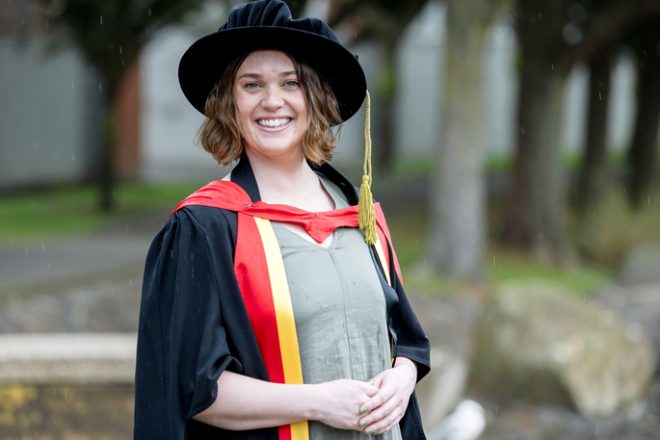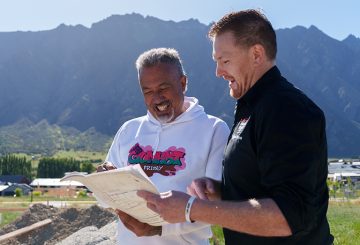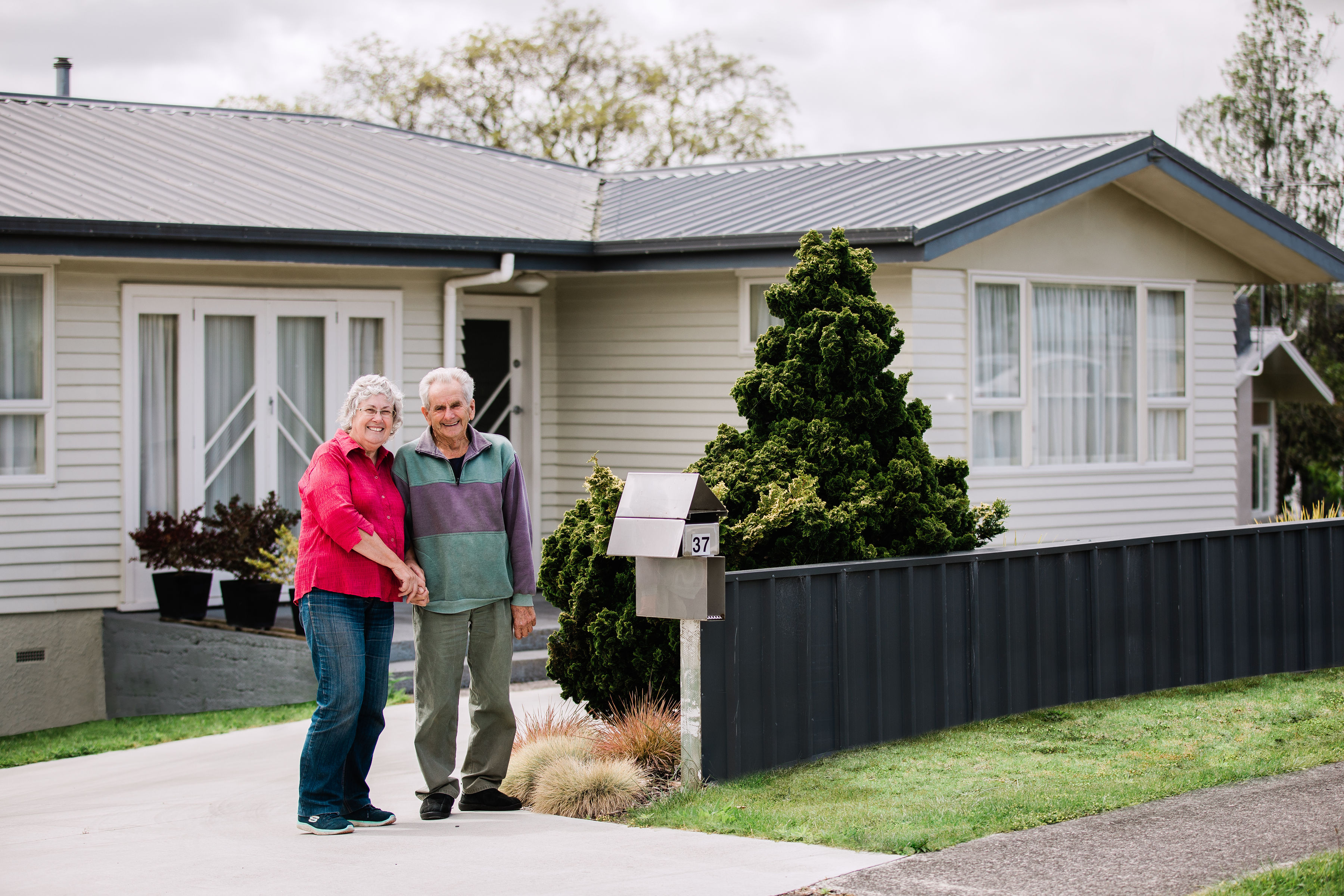Seorang ilmuwan muda dari Selandia Baru, Dr. Bethany Forsythe, telah bergabung dengan Komisi Internasional tentang Orang Hilang (ICMP) untuk membantu mengembangkan alat untuk mengidentifikasi sisa-sisa manusia dalam skala besar. Ini termasuk lebih dari 300.000 orang yang masih belum ditemukan setelah Perang Vietnam, yang berakhir pada tahun 1975.
Dr. Forsythe, yang baru-baru ini memperoleh gelar PhD dalam Ilmu Forensik dari University of Auckland, sedang bekerja untuk menetapkan metode sekuensing DNA untuk sampel tulang yang sangat terdegradasi. Dia berbasis di Den Haag, Belanda, dan bekerja dengan para ilmuwan dan pejabat di Vietnam dan Belanda.
ICMP sedang melaksanakan proyek dua tahun untuk meningkatkan kemampuan Vietnam di bidang ini. Proyek ini merupakan kolaborasi dengan Institut Bioteknologi Akademi Ilmu Pengetahuan dan Teknologi Vietnam dan didanai oleh Badan Pembangunan Internasional Amerika Serikat. Tujuannya adalah untuk menciptakan sistem komprehensif yang dapat mencocokkan DNA dari sisa-sisa manusia dengan DNA dari kerabat yang masih mencari orang yang mereka cintai di Vietnam.
Dr. Forsythe memuji pendidikannya di University of Auckland dan hubungannya dengan Institut Ilmu dan Penelitian Lingkungan pemerintah karena memperlengkapi dia dengan keterampilan yang dibutuhkan untuk pekerjaan yang menantang ini. Dia mengatakan dia memilih karir di bidang forensik karena kecintaannya pada sains dan penelitian, dan dia menemukan pekerjaan itu bermanfaat.
ICMP adalah organisasi internasional yang bekerja dengan pemerintah dan kelompok-kelompok lain untuk mengatasi masalah orang hilang. Ini membantu menemukan orang-orang yang hilang karena konflik, pelanggaran hak asasi manusia, bencana, dan penyebab lainnya.






























































